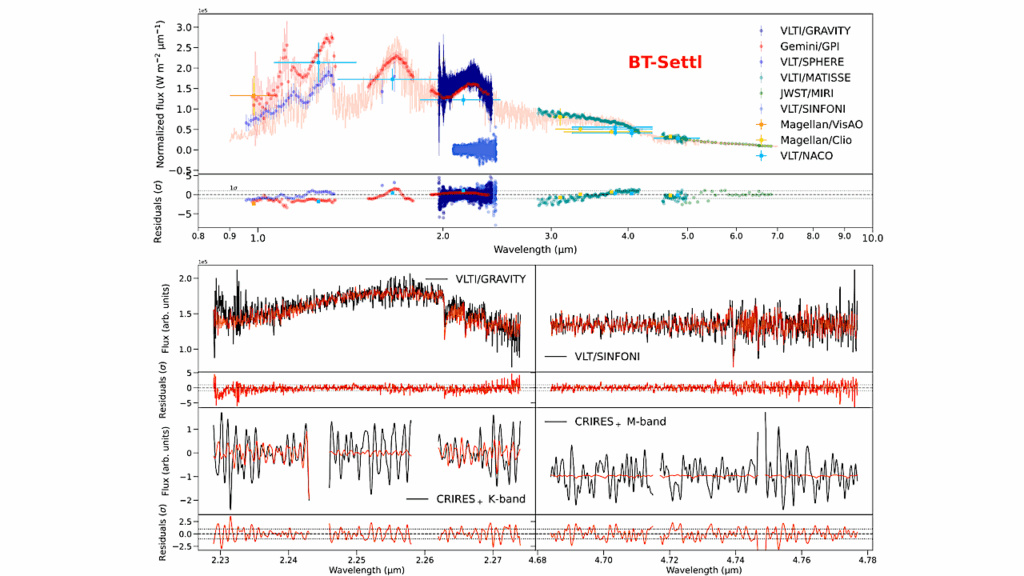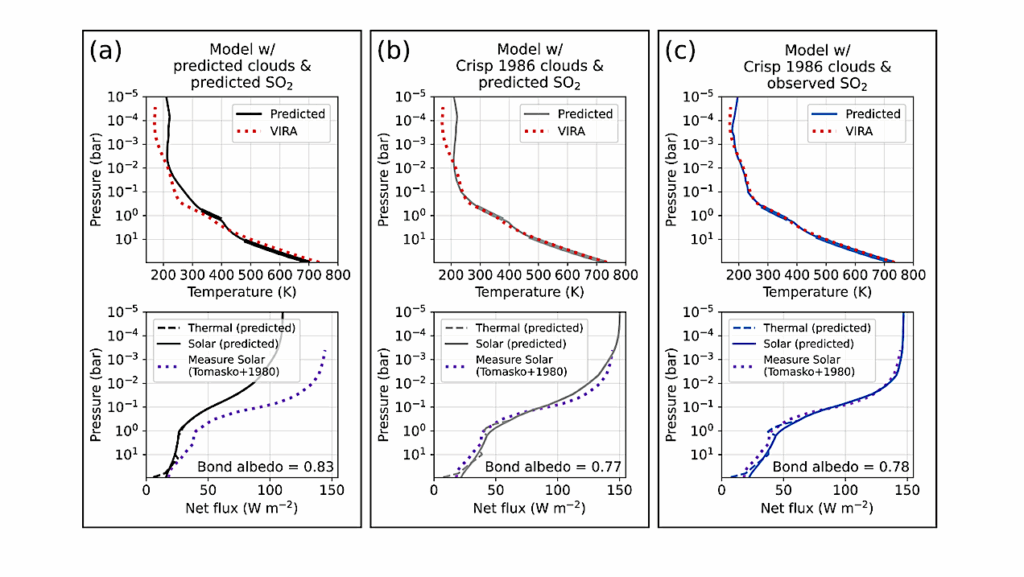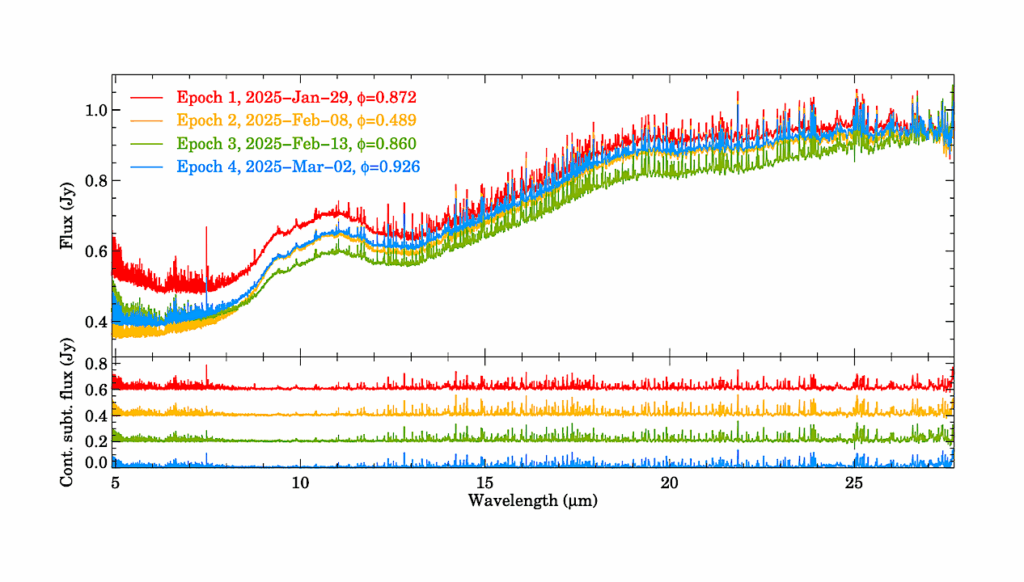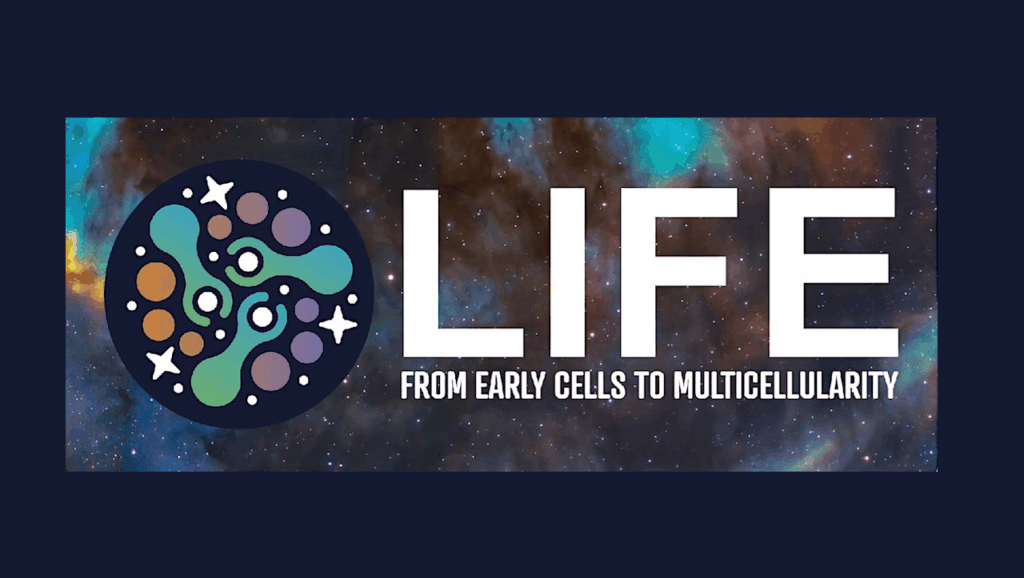Ocean Signatures In The Total Flux And Polarization Spectra Of Earth-like Exoplanets

Numerical simulations of starlight that is reflected by Earth-like exoplanets predict habitability signatures that can be searched for with future telescopes. We explore signatures of water oceans in the flux and polarization spectra of this reflected light.
With an adding-doubling algorithm, we compute the total flux F, polarized flux Q and degree of polarization P of starlight reflected by dry and ocean model planets with Earth-like atmospheres and patchy clouds.
The oceans consist of Fresnel reflecting surfaces with wind-ruffled waves, foam and wave shadows, above natural blue seawater. Our results are presented as functions of wavelength (from 300 to 2500 nm with 1 nm resolution) and as functions of the planetary phase angle from 90 to 170 degrees. The ocean glint increases F, |Q| and P with increasing phase angle at non-absorbing wavelengths, and causes the spectra of F and |Q| for the various phase angles to intersect.
In the near-infrared, Q is negative, i.e. the direction of polarization is perpendicular to the plane through the star, planet, and observer. In the P-spectra, the glint leaves dips (instead of peaks) in gaseous absorption bands. All those signatures are missing in the spectra of dry planets. The dips in P, and the negative Q in the near-infrared, can be searched for at a phase angle of 90 degrees, where the planet-star separation is largest.
Those ocean signatures in polarized light do not suffer from false positive glint signals that could be due to clouds or reflecting dry surfaces. For heavily cloudy planets, ocean detection is possible when the glint is (partially) cloud-free. When modelling signals of planets with oceans, using horizontally inhomogeneous cloud covers is thus crucial. Observations spread over time would increase the probability of catching a cloud-free glint and detecting an ocean.
Victor J.H. Trees, Daphne M. Stam
Comments: Accepted for publication in Astronomy & Astrophysics
Subjects: Earth and Planetary Astrophysics (astro-ph.EP); Atmospheric and Oceanic Physics (physics.ao-ph)
Cite as: arXiv:2205.05669 [astro-ph.EP] (or arXiv:2205.05669v1 [astro-ph.EP] for this version)
Submission history
From: Victor Trees
[v1] Wed, 11 May 2022 17:55:07 UTC (16,720 KB)
https://arxiv.org/abs/2205.05669
Astrobiology








